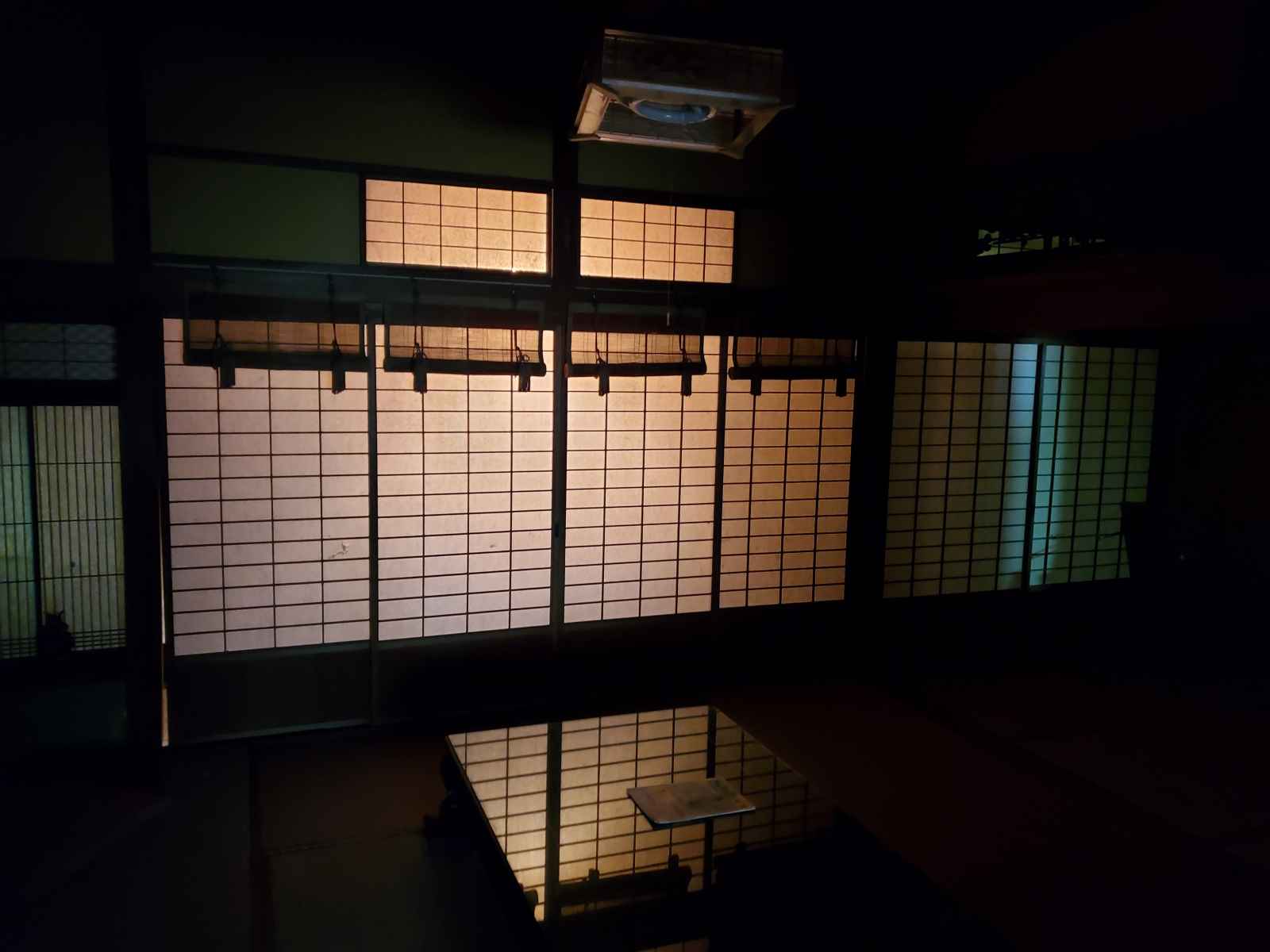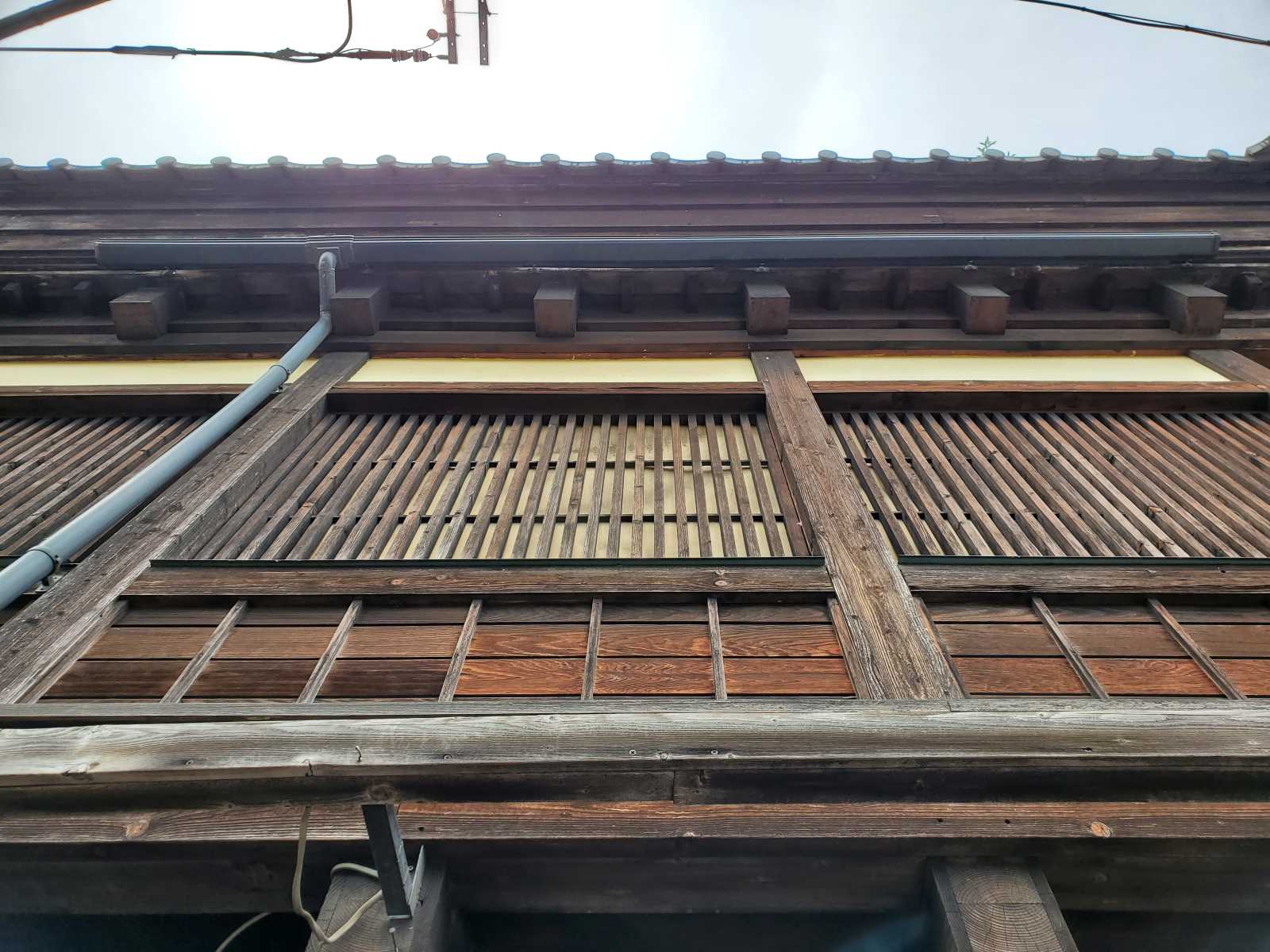What are Kominka?
The term Kominka literally means ‘old private house’ and more generally ‘old folk house’. These houses have been built using traditional materials and methods of construction with the materials used typically being combinations and variations of wood, mud, bamboo and straw.
Written in Japanese the word kominka contains three individual kanji characters – 古民家.The kanji characters translate individually: as old (古/ko), people (民/min), house (家/ka). If you were to decipher the word reading its individual characters however, you would end up with the translation being ‘old people home’ which obviously is not what we are referring to!
Read More
The word is actually a combination of the terms ‘ko’ and ‘minka’ with the kanji for old being used in isolation and the kanji for ‘min’ and ‘ka’ being combined to form ‘minka’ which means ‘private house’. Hence ‘old private house’ which in the common context means ‘old folk house’.
With the term ‘old’ being subjective it can be difficult to determine exactly what can be classified as a kominka however it is generally accepted that any of these traditional buildings with an age of fifty years or more can be classed as such.
Even so, when it comes to perception it is probably more common to hear traditional buildings of around age fifty being referred to as ‘chūminka’ (中民家) or ‘middle-aged folk houses’ whilst anything considerably older, especially pre-WWII considered to be true kominka.
Perception can also blur one’s understanding of kominka when it comes to the style and construction of these buildings.
Many people have the image in mind of wooden farmhouses in the countryside with steep, thatched rooves covered in snow when it comes to describing what they think are kominka. This has probably come about due to the marketing of tourist destinations like Shirakawa Go and Hidetakayama that are famous for this style of kominka however, it would be wrong to think that all kominka are or should be like this.
Kominka come in many shapes and sizes and their construction may be determined by the region that they are located (or originated from seeing as many have been relocated) together with the class or status and occupation of the owner at the time of their construction and of course their income.
It is probably useful to reflect again on the kanji characters used to write the term kominka – ‘old private house’. Those who originally built these houses could have had any background but had the right and means to construct their own (private) houses. They were not necessarily farmers or people of meagre means as the English term ‘old folk house’ would have one imagine.
Indeed, many of the famous or well-known kominka existing today were owned by samurai, merchants and politicians as well as farmers and many of these bare very little semblance to the thatched farmhouse mentioned above. Some even resemble miniature castles and have grand rooves made of clay tiles. Some are also surrounded by impressive walls with massive and/or ornate gates.
To be continued……

